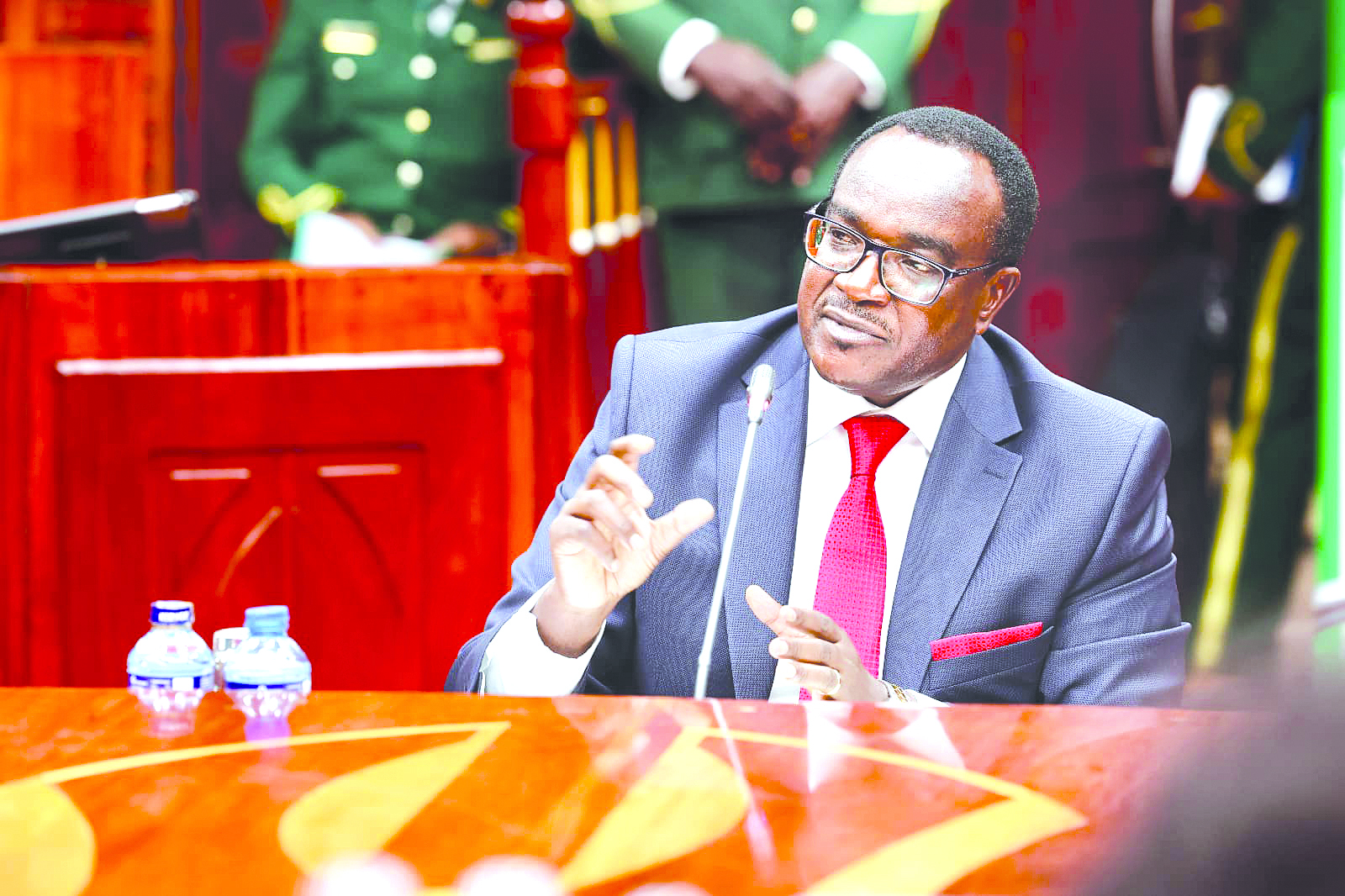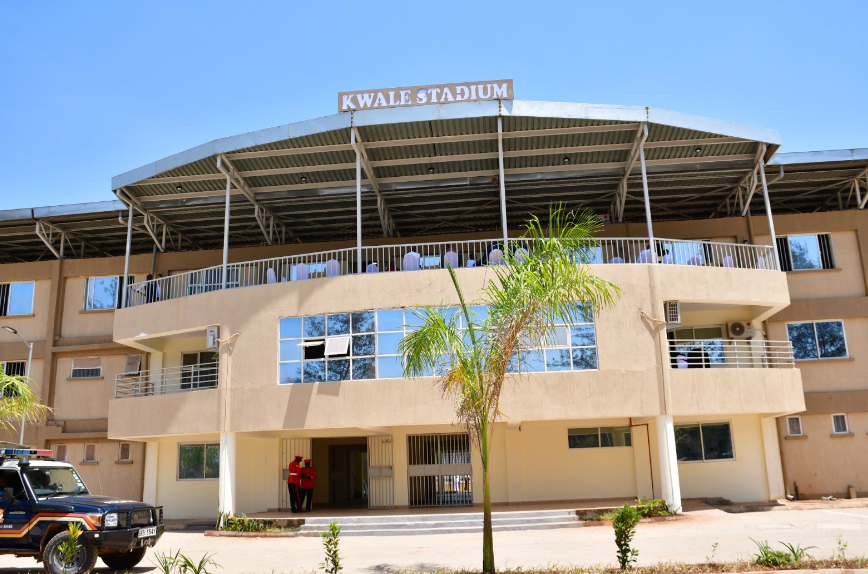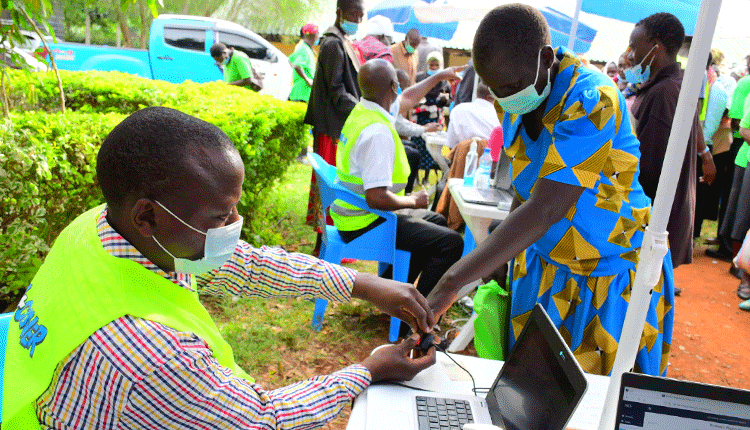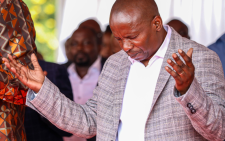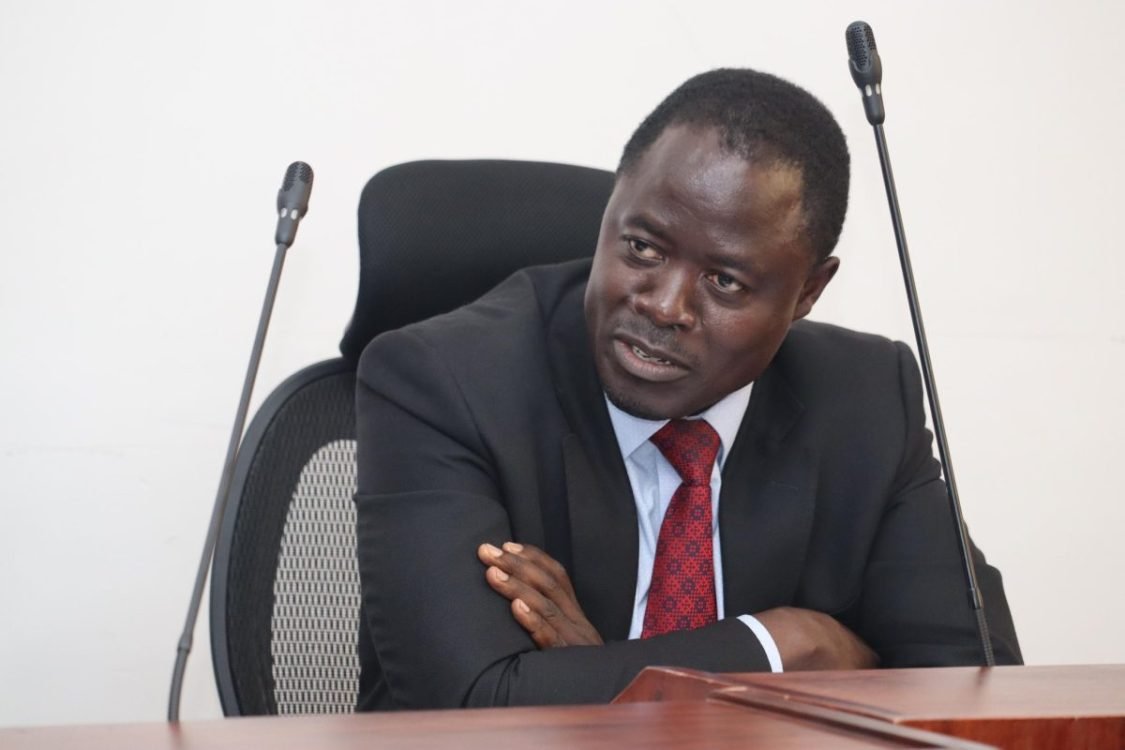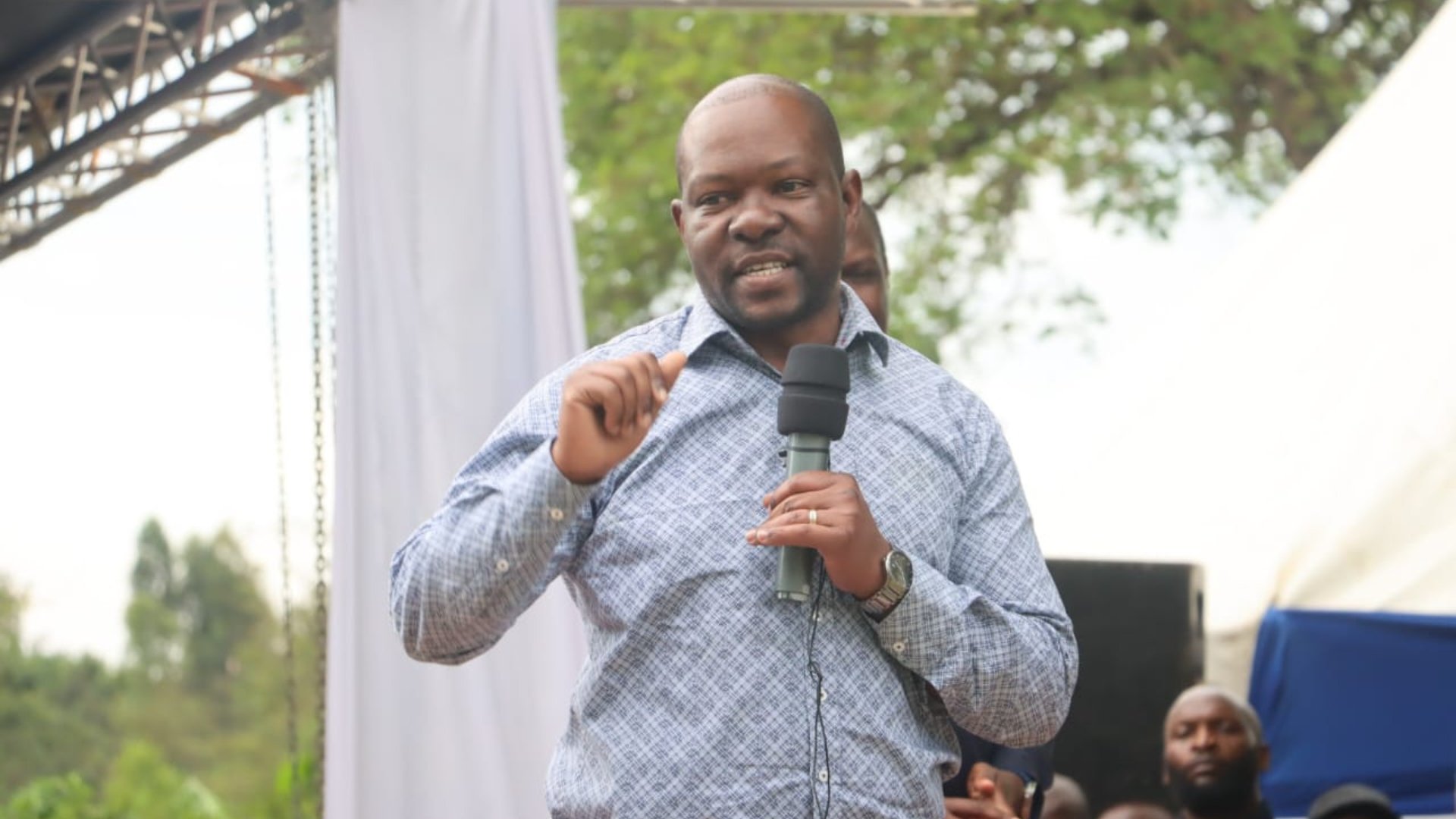Stimulus plan to boost revival of battered economy
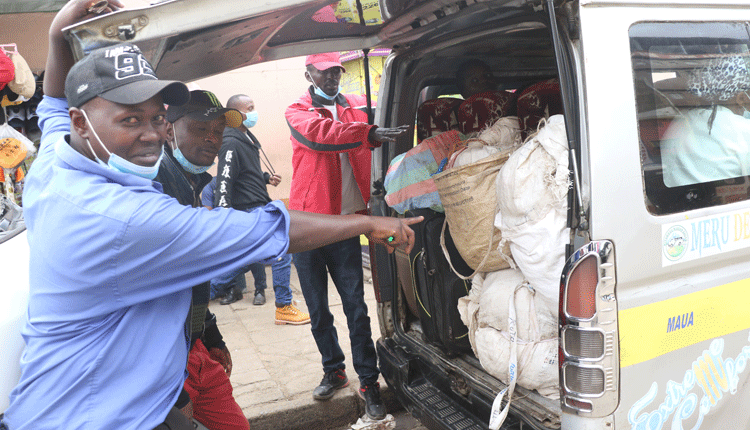
President Uhuru Kenyatta used yesterday’s Mashujaa Day celebrations to unveil a Sh25 billion stimulus programme to help revive an economy battered by effects of Covid-19.
In a speech that mainly centred on the revival of the economy, Uhuru said the 13 interventions will cut across several sub sectors.
“I announce, therefore, that effective November 1, New Stimulus Programme targeting the key productive and service sectors in 13 strategic interventions that cover: agriculture, health, education, drought response, policy, infrastructure, financial inclusion, energy, environmental
Conservation,” said Uhuru while addressing the Mashujaa Day gathering at Wang’uru stadium in Kirinyaga County.
“The above measures will inject an additional Sh25 billion into the economy.
These new initiatives complement ongoing State interventions that are expected to sustain the momentum of recovery, with the year’s growth rate projected to be six per cent,” he added.
The latest package is the third intervention the government has unveiled in a bid to cushion the economy against shocks occasioned by lockdown measures that were imposed since the first Covid 19 case was reported in the country in March last year.
He explained that unlike the first two-stimulus packages, the latest programme is geared towards shifting focus from survival to co-existing with the Covid-19 pandemic.
The package, he said, has been designed to accelerate economic growth and to sustain gains already made.
“As we continue to build back better, we are witnessing recovery in the economy; with its rebound being attested by all leading economic indicators.
They all point to a strong economic recovery beginning in the present year,” he said.
The biggest beneficiary of the stimulus package is the National Hygiene Programme dubbed Kazi Mtaani programme which has been allocated Sh10 billion to help uplift livelihoods of the youth.
Uhuru said the programme, which will cover 200,000 youths, will be rolled out in all counties, with priority given to densely populated areas.
The President unveiled the programme in July last year to provide social protection for workers whose prospects for daily or casual work had been disrupted by containment policies put in place to limit the spread of Covid-19.
“The eighth intervention is in the National Sanitation Programme: We started this programme to harness the energy of our young people and to give them a buffer against Covid-19 related unemployment,” he said.
In the education sector, Uhuru directed the National Treasury to allocate Sh8 billion to the Ministry of Education for the Competency Based Curriculum (CBC) infrastructure expansion programme to take care of the 100 per cent transition from primary to secondary education.
The money will go towards construction of classrooms. It will be undertaken by local contractors within the vicinity of each school, so as to provide further stimulus to the local economy.
Medical facilities
In the health sector, the President directed Treasury to allocate Sh3.2 billion for immediate construction of medical facilities including an additional 50 new Level Three hospitals that will be situated in non-covered areas and densely populated areas across the country.
The President disclosed that the government had established a company called Kenya Biovax Limited to spearhead production of Covid-19 vaccines in the country.
In this regard, he directed the Health ministry to operationalise the company to “form and fill” and eventual manufacture of a vaccine by Easter of 2022.
“On June 29, during my 16th address on the Covid-19 pandemic, I pledged to the nation that by Christmas this year we would have vaccinated over 10 million adults.
Today, I am pleased to confirm to the nation that we are on course to realise this target. As of today, we have inoculated 5 million adults,” he said.
In the tea sub-sector, the Head of State directed Treasury to allocate Sh1 billion in support of fertiliser subsidies for farmers.
He further directed Treasury to allocate Sh1 billion to help safeguard livelihoods of farmers within the country’s sugar belt.
The money will be appropriated towards factories maintenance and payment of farmers’ arrears.
In the coffee sub-sector, the Head of State directed Treasury to allocate Sh1 billion to the Agriculture ministry to be used for completion of ongoing targeted interventions.
Mitigate drought
And to help mitigate effects of the ongoing drought, he directed the Treasury to allocate Sh1.5 billion in support of communities in the Arid and Semi Arid Lands (ASAL) counties as part of the livestock off-take programme.
And to further cushion livestock farmers against the rise in the cost of animal feeds, he directed the Cabinet Secretary for Agriculture, jointly with the National Treasury, to issue within seven days, a framework that will facilitate the reduction of the cost of animal and chicken feed.
The interventions in the livestock sector come days after the national government released Sh2 billion to fight drought in 10 counties following declaration of drought as a national disaster.
In the energy and petroleum sector, the President directed the ministry of Petroleum and Mining, jointly with the National Treasury, to develop a framework to stabilise petroleum prices, to cushion Kenyans against turbulence caused by volatility in fuel prices.
“The ministry of Energy shall secure the full implementation of the Report of the Presidential Taskforce on Review of Power Purchase Agreements, that establishes a pathway for the reduction of electricity prices by 30 per cent by December 24,” he said.
In the banking sector, the President directed Treasury, upon consultations with other stakeholders, to immediately cause the upward revision of the cash transactions reporting threshold from the current mark of Sh1 million applicable to both withdrawals and deposits by customers but clarified that the financial institutions will retain their reporting obligations to the Financial Reporting Centre.
He regretted that the requirements for financial institutions to report cash transactions above $10, 000 has been onerous for Micro, Small and Medium Enterprises (MSMEs). He also urged banks and other financial institutions to accommodate customers who seek to restructure their loans.
“Cash still remains an important payment channel for MSMEs, representing 80 per cent of all their financial transactions.
Accordingly, the implementation of cash transactions requirements by banks has not been facilitative of the operations of MSMEs and has to some extent inhibited their growth,” he added.
And to facilitate access to credit, the President ordered Treasury, in consultation with all stakeholders, to provide further space to the recovery of (MSMEs) by ensuring that borrowers with loans below Sh5 million listed with Credit Reference Bureau (CRBs) from October 2020 to date will not have that listing incorporated in their credit reports for the next 12 months, ending September 2022
The government had earlier lifted the directive suspending the listing with CRBs of borrowers whose loans were non-performing at the beginning of the pandemic, which lasted for six months, from April to September 2020.
“Cash still remains an important payment channel for MSMEs, representing 80 per cent of all their financial transactions.
Accordingly, the implementation of cash transactions requirements by banks has not been facilitative of the operations of MSMEs and has to some extent inhibited their growth,” he added.
And to facilitate access to credit, the President ordered Treasury, in consultation with all stakeholders, to provide further space to the recovery of (MSMEs) by ensuring that borrowers with loans below Sh5 million listed with Credit Reference Bureau (CRBs) from October 2020 to date will not have that listing incorporated in their credit reports for the next 12 months, ending September 2022
The government had earlier lifted the directive suspending the listing with Credit Reference Bureaus (CRBs) of borrowers whose loans were non-performing at the beginning of the pandemic, which lasted for six months, from April to September 2020.
